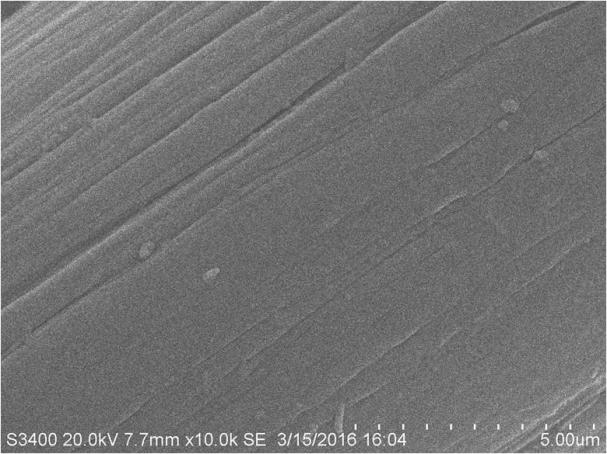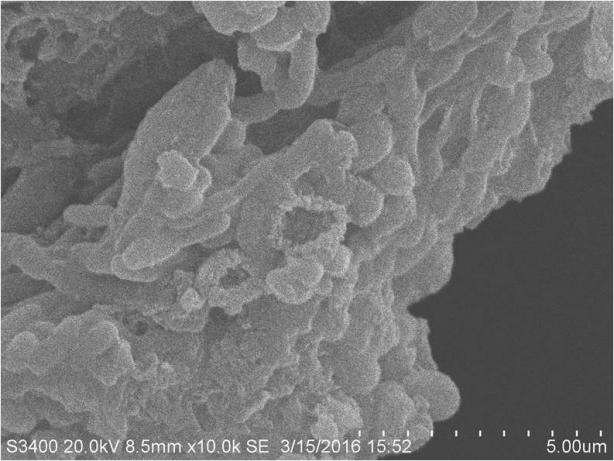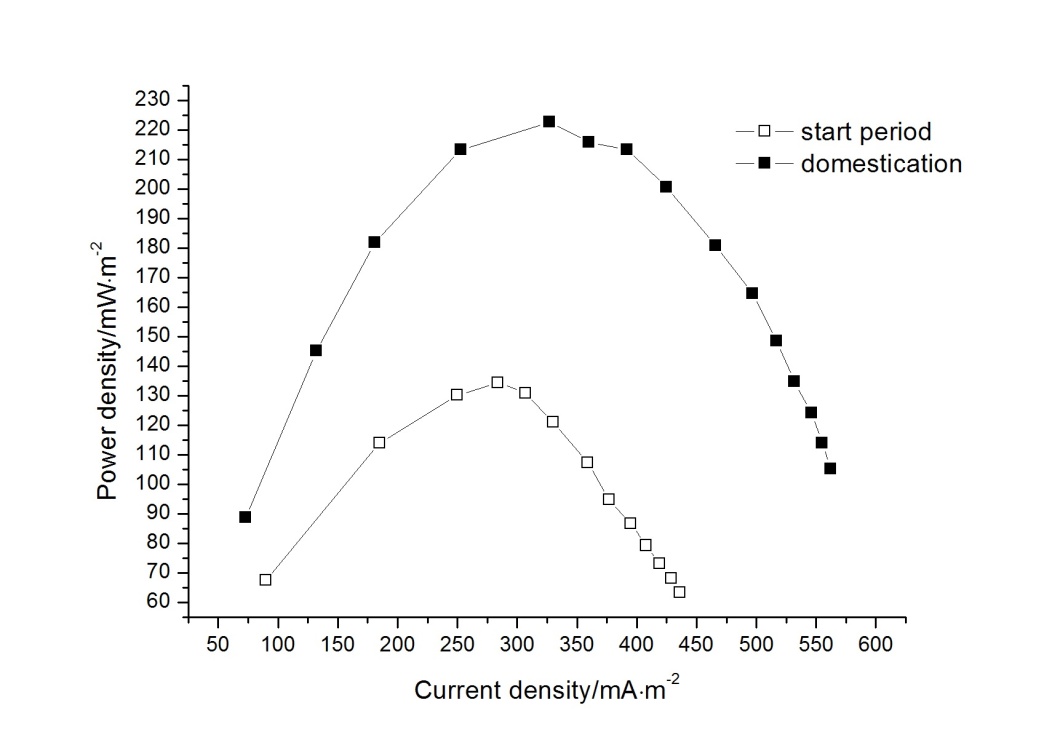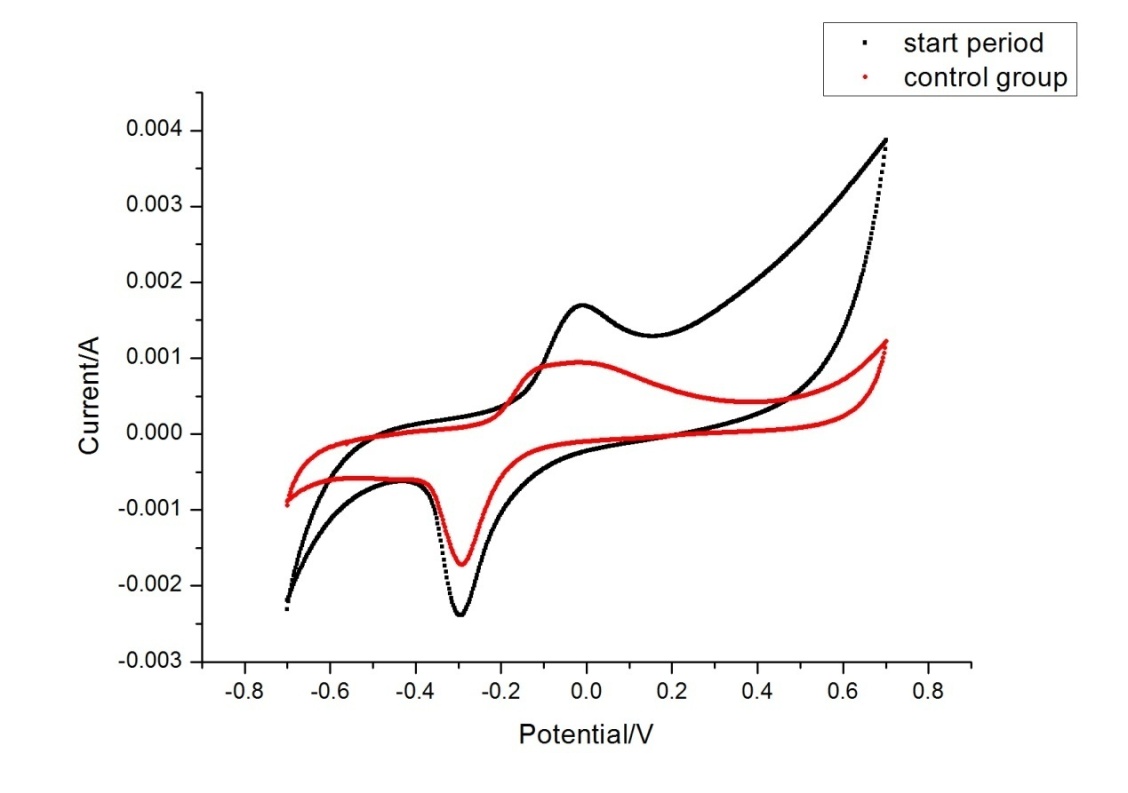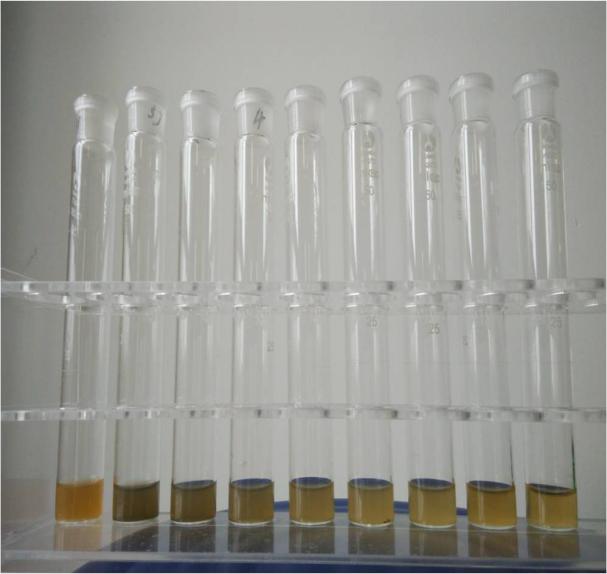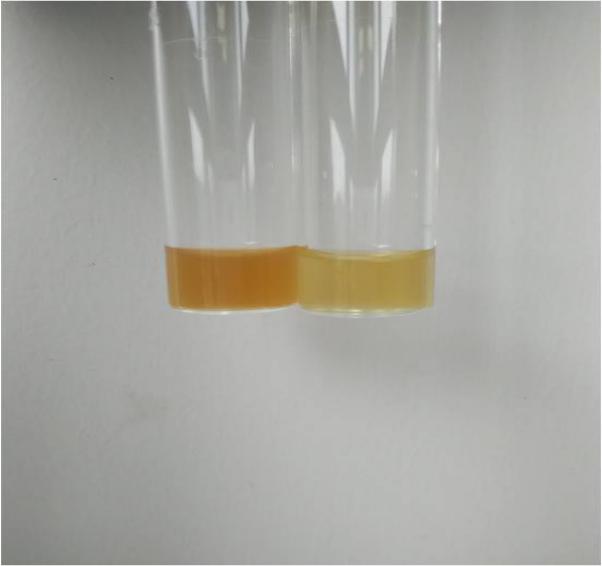微生物燃料电池处理木薯酒精废水毕业论文
2020-05-23 16:22:05
摘 要
微生物燃料电池(Microbial fuel cell,MFC)是20世纪90年代迅速发展起来的一种新型能源获取方式。MFC是一种能够将贮存在有机化合物中的化学能通过微生物代谢转化为电能的装置,具有接种底物来源广泛、操作参数简单、运行条件容易控制、生物相容性较好等优势,因此具有很大的研究和应用价值。由于MFC具有同时产电和去污(如处理有机废水)的能力,因此受到越来越多的人的关注和研究。实验中构建了典型双室微生物燃料电池,分别以活性污泥为阳极接种物,木薯酒精废水为阳极液,铁氰化钾溶液为阴极液,考察了阳极产电微生物的驯化对MFC产电性能的影响。结果表明经过驯化后,MFC达到最高电压的时间大大缩短且输出电压更加稳定;同时检测了MFC运行15天后,其对木薯酒精废水中高浓度有机质的降解效果(阳极液中COD、总氮含量以及氨氮含量的变化),发现运行结束后,COD、总氮、氨氮的去除率分别达到90.99±2%、61.79±1%、68.54±1%;通过功率密度曲线,研究了阳极添加接种物(活性污泥)对MFC产电性能的影响,发现阳极添加了活性污泥的MFC功率密度增大了90mW/m2左右;通过设置对照组进行循环伏安扫描,发现阳极经过驯化的MFC循环伏安曲线还原峰和氧化峰出现的电位比对照组都略高;用扫描电子显微镜(SEM)对阳极生物膜进行了观察,发现驯化过后的阳极碳毡上附着了大量的球状菌和杆状菌。
关键词:双室微生物燃料电池 木薯酒精废水 驯化 降解
The research of degradating Cassava Alcohol Wastewater by Microbial Fuel Cell
Abstract
Microbial fuel cell(MFC) is developed rapidly from the 1990s,which is a new way of acquisiting energy.MFC is a kind of device that transforms chemical energy stored in organic compounds into electric energy by microbial metabolism. It has a wide source of inoculum, simple operating parameters,easily controlled operating conditions,good biocompatibility and other advantages,so it has a great value of research and application. Because the MFC has the ability of producing electricity and decontaminating(such as the treatment of organic waste water) simultaneously,it gets more and more people's attention and study.In this experiment,.in order to inspect the influence of domestication on anodic electricigens to the MFC’s properties of producing electricity,we designed the typical dual-chamber microbial fuel cell which respectively utilized the activated sludge as anode inoculum,cassava alcohol wastewater as anolyte, and potassium ferricyanide solution as the catholyte.The results show that the MFC takes shorter time to get the highest voltage and the output voltage is more stable after domestication;Meanwhile,we detected the degradation of high concentrations of organic matter in alcohol wastewater(that was the change of COD, ammonia nitrogen content and total nitrogen content),We found that the removal rate of COD, total nitrogen and ammonia nitrogen respectively reached 90.99 ± 2%, 61.79 ± 3%, 68.54 ± 1% after the MFC worked for 15 days;By power density curve,we studied whether the addition of inoculum(activated sludge)could affect the MFC’s properties of producing electricity,and we found that the addition of activated sludge made the MFC’s power density increase 90mW/m2 or so;By utilizing cyclic voltammetry to a control group,we found that oxidation peak and reduction peak of the MFC which of anode had been domesticated was slightly higher than the control group according to the cyclic voltammetry curve;We utilized a scanning electron microscope (SEM) to observe anodal biofilms and found that the anodal carbon felt was attached to a large number of spherical bacteria and rod-shaped bacteria after domestication.
Keywords: Dual-chamber microbial fuel cell ;Cassava alcohol wastewater ;Domestication ;Degradation
目 录
摘 要 I
Abstract II
第一章 文献综述 1
1.1 微生物燃料电池简介 1
1.1.1 微生物燃料电池研究背景 1
1.1.2 微生物燃料电池的工作原理 1
1.1.3 微生物燃料电池的应用前景 1
1.1.4 微生物燃料电池的研究进展 2
1.2 双室微生物燃料电池 2
1.2.1 双室微生物燃料电池的简介 2
1.2.2 双室微生物燃料电池的结构 2
1.3 影响微生物燃料电池产电性能的因素 3
1.4木薯酒精废水 4
第二章 实验材料与方法 5
2.1 实验材料与步骤 5
2.1.1 实验材料 5
2.1.2 实验步骤 6
2.2 相关参数的测定方法 7
2.2.1 输出电压U 7
2.2.2 功率密度曲线 7
2.2.3 COD、总氮含量以及氨氮含量的测定 8
2.2.4 循环伏安曲线 8
2.2.5 生物膜电镜 9
第三章 结果与分析 10
3.1 阳极生物膜的驯化 10
3.2 生物膜电镜的观察 11
3.3 功率密度曲线的测定 11
3.4 循环伏安曲线的测定 12
3.5 酒精废水经过MFC处理前后的对比图 13
3.6 酒精废水中COD、总氮含量、氨氮含量的去除情况 14
第四章 结论与展望 15
参考文献 16
致 谢 18
第一章 文献综述
1.1 微生物燃料电池简介
1.1.1 微生物燃料电池研究背景
世界经济不断发展,人口快速增长,全球面临的能源危机和环境污染问题日趋突出,因此开发一种能耗低、污染少或无污染的能源获取工艺迫在眉睫。微生物燃料电池(microbial fuel cell,MFC)[1-3]是一种将有机物中的化学能直接转化为电能的装置,它可以用生活废水、垃圾渗透液等作为阳极底物,产电的同时达到去污的效果,实现废水的再利用以及发电技术的进步,兼具环境和能源的双重意义。1910年,英国植物学家马克·比特首先发现了在细菌培养液中有电流的产生,他将铂作为电极放入一般的酵母菌和大肠杆菌培养液里,发明了首个微生物燃料电池;1984年,美国研制了新型的微生物燃料电池,将尿液和活细菌作为电池的燃料在外太空使用,但由于其放电率极低而限制了它的应用;1991年,研究人员开始研究利用微生物燃料电池能否净化生活污水。不过,近几年用于处理生活污水的MFC功率才有所增多[4]。目前,MFC的研究已成为环境污染治理和新能源的研究开发的重点。
1.1.2 微生物燃料电池的工作原理
相关图片展示:
